Premium Only Content
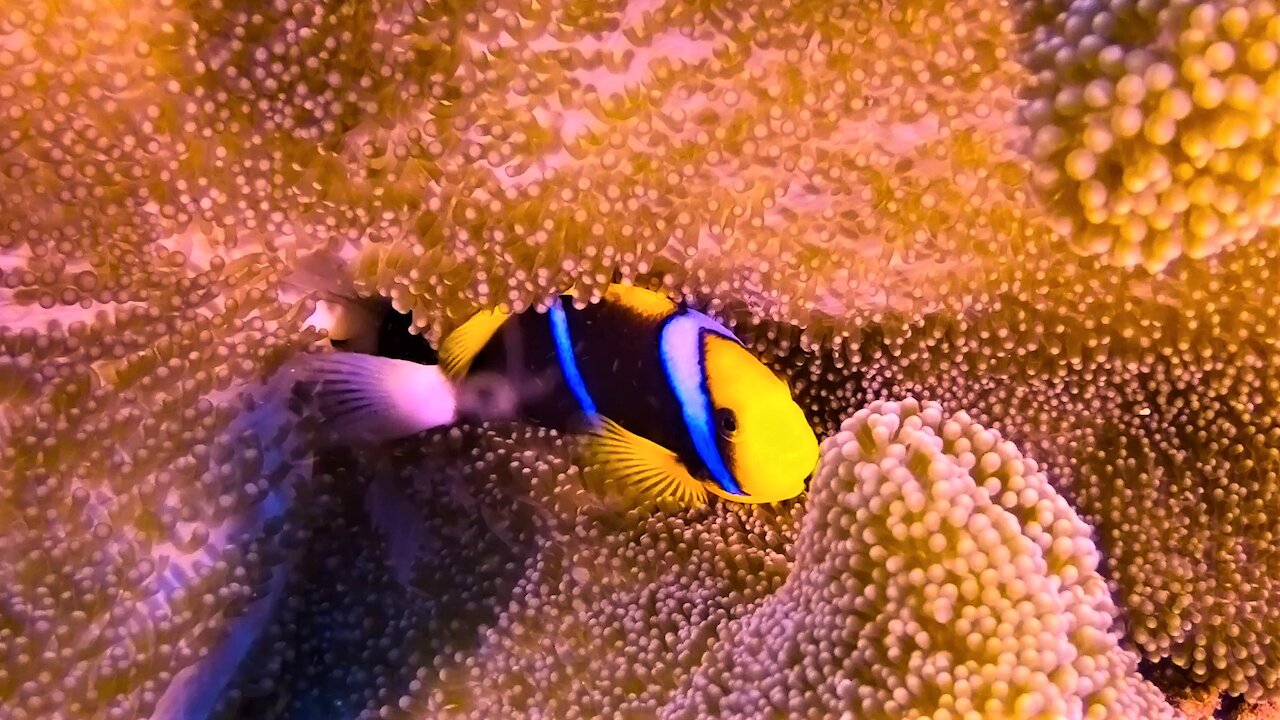
Gorgeous clownfish make a home among creatures that are deadly to other fish
Clown fish are gorgeous and colourful and they have captured our hearts since seeing the adorable Nemo finding his way home in the Disney superhit from 2003. Their unique colouring and dramatic striping makes them one of the most recognizable fish on the reef. There are actually many varieties of clownfish, and even more varieties of anemonefish that share the clownfish's amazing ability.
What makes them truly unique is a little known adaptation that allows them to hide among the venomous, stinging anemones that grow among the corals. Clownfish are covered in a mucous that protects them from the stings. The mucous is based on sugars instead of the usual proteins that make up the mucous of almost all other fish, and the anemone fails to recognize the clownfish as food. This symbiotic relationship provides the clownfish with protection from predators that cannot touch the anemone. The clownfish also benefits from scraps of food left from the anemone's meals. In return, the clownfish wards off predators that would eat the tentacles of the anemone. Loyal to the anemone that it adopts, the clownfish will remain and defend the anemone. The anemone also benefits by consuming the excrement of the clownfish.
Clownfish must constantly produce their protective mucous to be able to nestle among the tentacles. By constantly rubbing their skin on the tentacles, they also accumulate mucous from the anemone, which combines with the own to help them produce a thicker and more effective coating.
Clownfish have another surprising adaptation. They begin their lives as males. In a colony of clownfish, the dominant pair mate but the others do not. The non-breeding males will remain small and submissive in order to not pose a threat to the dominant pair and be evicted from the colony. If the dominant female dies, another male will become female and take her place for reproduction.
Clownfish are the most popular of the aquarium fish, making up nearly half of the global ornamental marine trade.
-
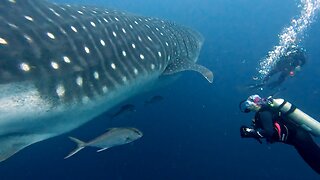 0:47
0:47
WildCreatures
27 days ago $0.96 earnedScuba diver has mind-blowingly close encounter with giant whale shark
2.53K6 -
 1:04
1:04
WildCreatures
4 years ago $1.62 earnedBeautiful clownfish can go where other creatures dare not go
1.45K -
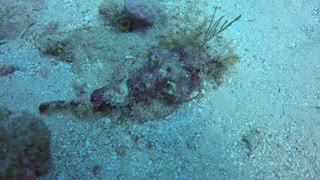 1:38
1:38
cdngreenwaterdiver
5 years agoDivers investigate deadly scorpionfish & other amazing sea creatures
6741 -
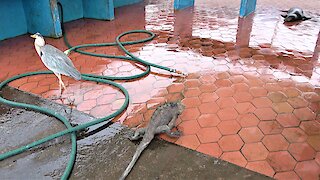 0:53
0:53
WildCreatures
4 years ago $22.89 earnedFish market in the Galapagos Islands attracts many unusual creatures looking for a meal
3.09K1 -
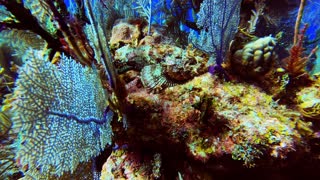 0:34
0:34
WildCreatures
5 years agoScorpion fish has deadly sting and near perfect camouflage
1.26K6 -
 0:22
0:22
ViralHog
5 years ago $0.01 earnedFierce Alligators Bellow at Each Other
125 -
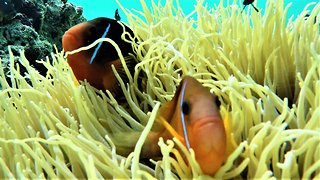 1:00
1:00
WildCreatures
5 years ago $0.50 earnedClownfish on reef in Fiji play in venomous sea anemone
3.37K -
 0:26
0:26
ViralHog
5 years ago $6.62 earnedGorgeous Mama Tiger and Cubs Take a Drink
2K -
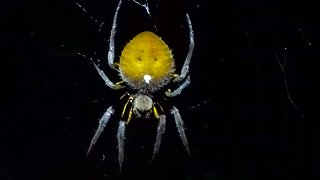 1:52
1:52
WildCreatures
5 years ago $2.57 earnedAmazon night hikers meet fascinating and terrifying creatures
8012 -
 0:51
0:51
swns
5 years agoNurses rescue vixen moments from death after getting caught in deadly trap
3701